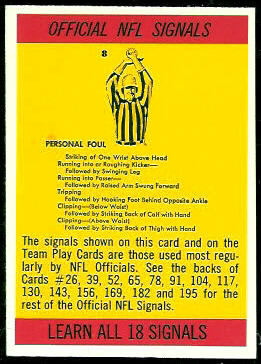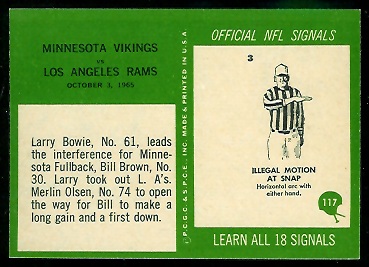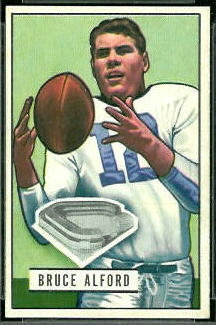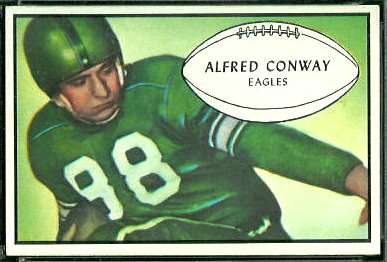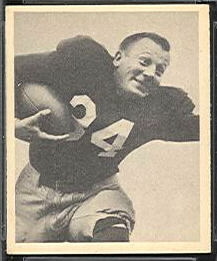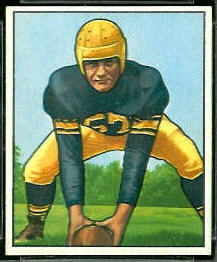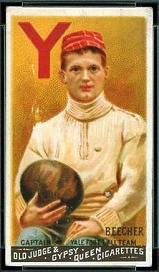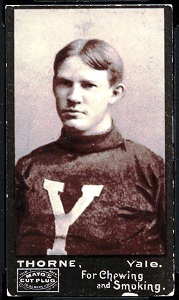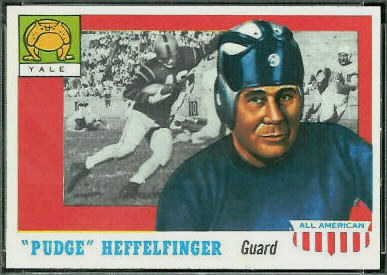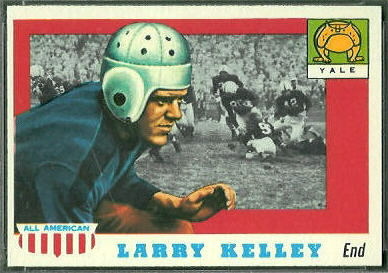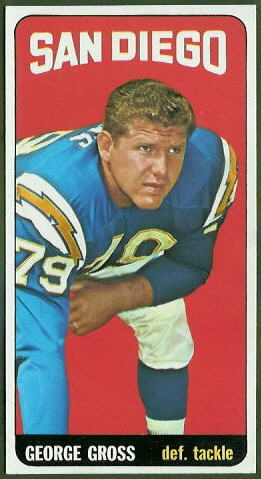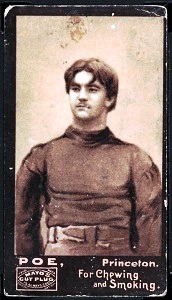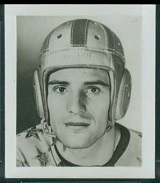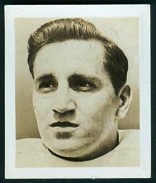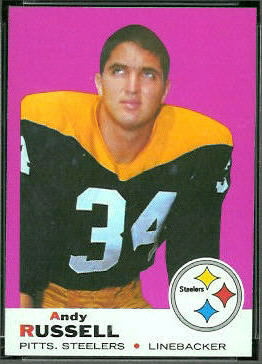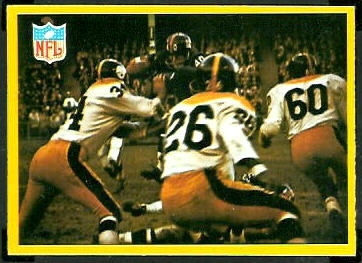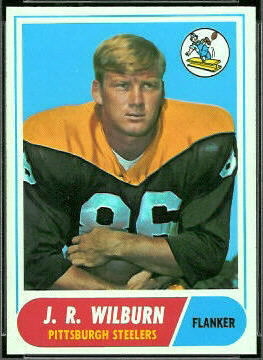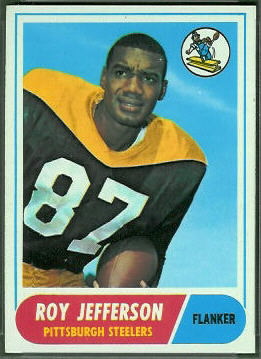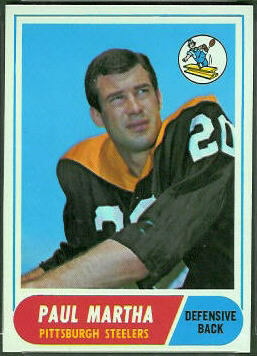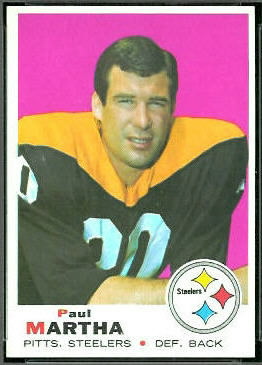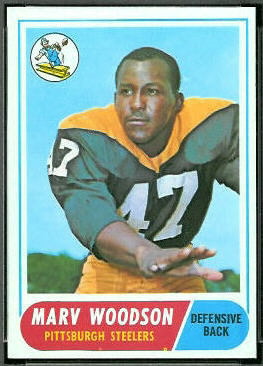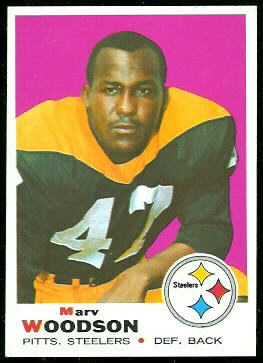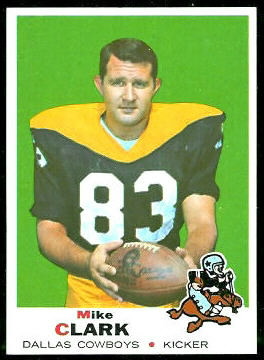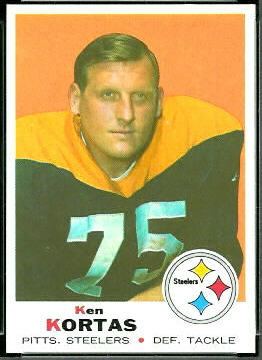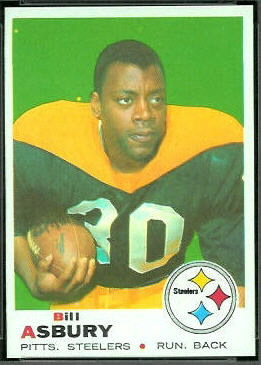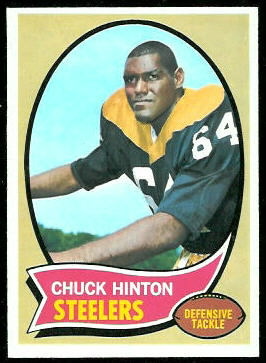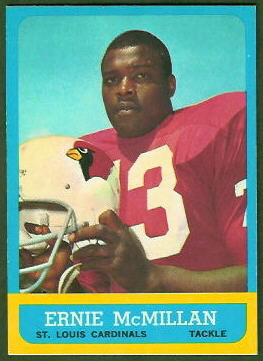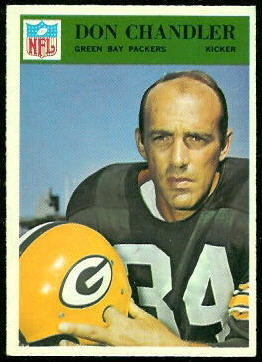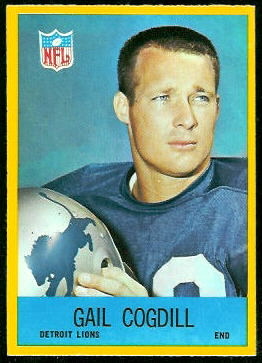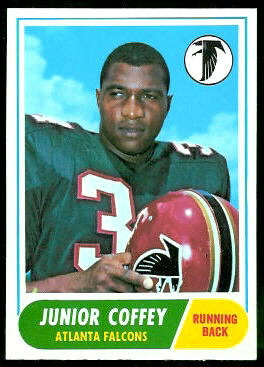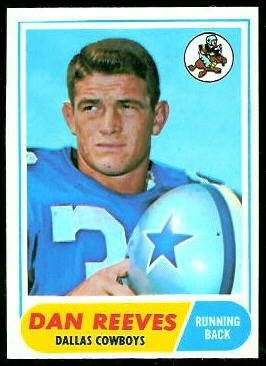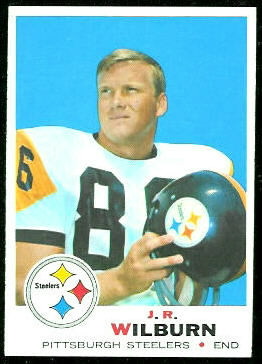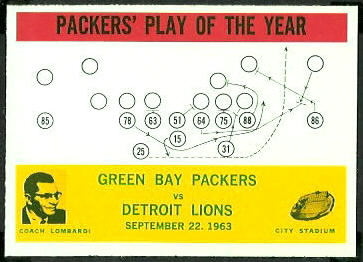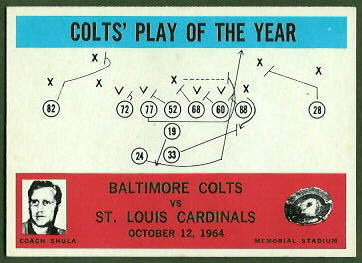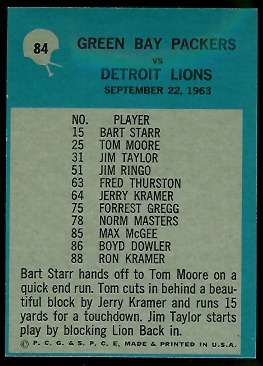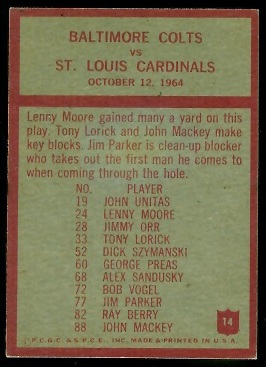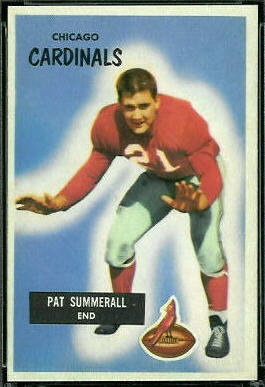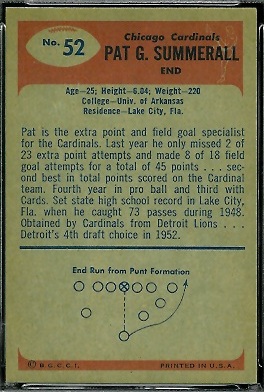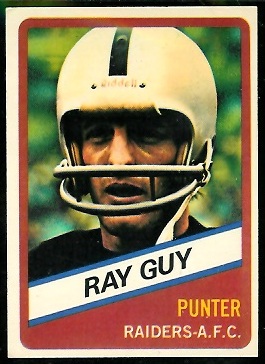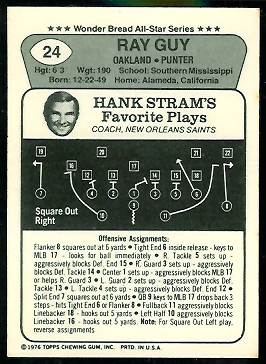New in the Gallery: 1961 Fleer Wallet Pictures
May 21st, 2010 | Published in New in the Gallery, Oddball, Uniforms | 1 Comment
Today I added 1961 Fleer Wallet Pictures (also known as Wallet Photos) to the Vintage Football Card Gallery. When I received them, I was surprised–and disappointed–to see that they aren’t cards, they’re images on thin paper. It turns out that the pictures were hand-cut from a magazine (the 1961-62 issue of Complete Sports Pro-Football Illustrated, to be precise), and they’re on newspaper stock. I should have done my homework.
There are 145 pictures in the set: 133 from the interior pages of the magazine, and 12 smaller pictures that were on the back cover. Most of the players also appear in the regular 1961 Fleer set; one example, Lionel Taylor, is shown here. Fortunately–or I’d be really disappointed–a few of the players on the Wallet Pictures don’t appear in the 1961 Fleer set or any other set I’ve seen. At least I got to see some new faces.
(Why are they called Wallet Pictures? I’m guessing the most obvious answer: that kids could cut them out and put them in their wallets.)
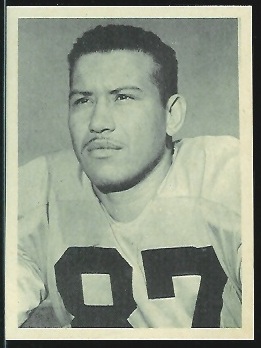
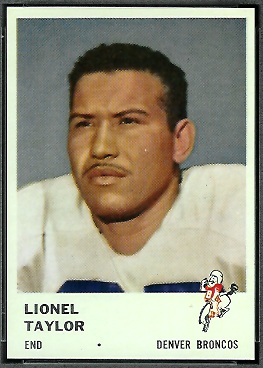
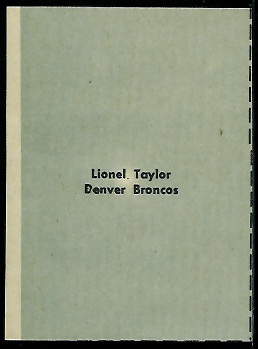 The composition of the set is heavily weighted toward AFL players, though the 12 pictures from the back cover are all NFL players. The backs are as plain as plain can be, showing just the player’s name and team. Many of the backs have typos: Don Manoukian’s picture says he’s Dan Manoukin, for example, and Alan Miller is Alan Millis. I suspect that whoever worked on the backs of the pictures was also in charge of the Packers logos on the regular 1961 Fleer cards.
The composition of the set is heavily weighted toward AFL players, though the 12 pictures from the back cover are all NFL players. The backs are as plain as plain can be, showing just the player’s name and team. Many of the backs have typos: Don Manoukian’s picture says he’s Dan Manoukin, for example, and Alan Miller is Alan Millis. I suspect that whoever worked on the backs of the pictures was also in charge of the Packers logos on the regular 1961 Fleer cards.
Pictured here are the four players in the set who, as far as I know, don’t appear in other sets: Monte Crockett and Willmer Fowler of the Bills, Bobby Gordon of the Oilers, and Don Deskins of the Raiders. Check out the huge numerals on Deskins’s jersey–and see the other Raiders, also. I believe that the extra-extra-large numerals were for fans watching grainy images on little black-and-white TV screens, but I can’t find a reference that says so. Anyone have one I can point to?
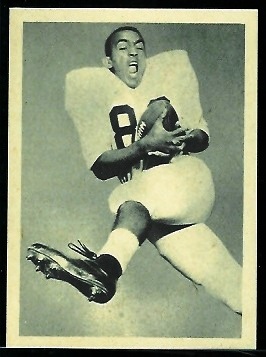
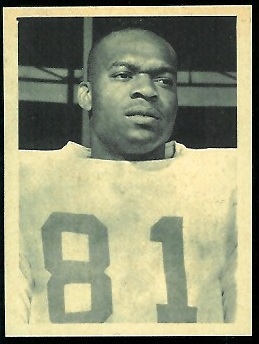
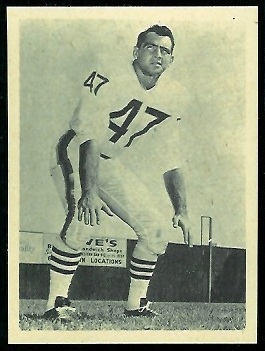
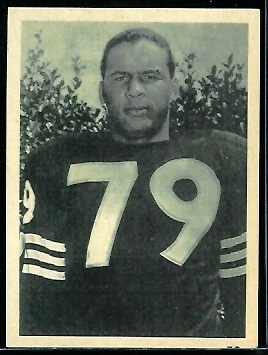
- Search Nearmint’s Cards for: 1961 Fleer football cards
- Search eBay for: 1961 Fleer Wallet Pictures, 1961 Fleer football cards
